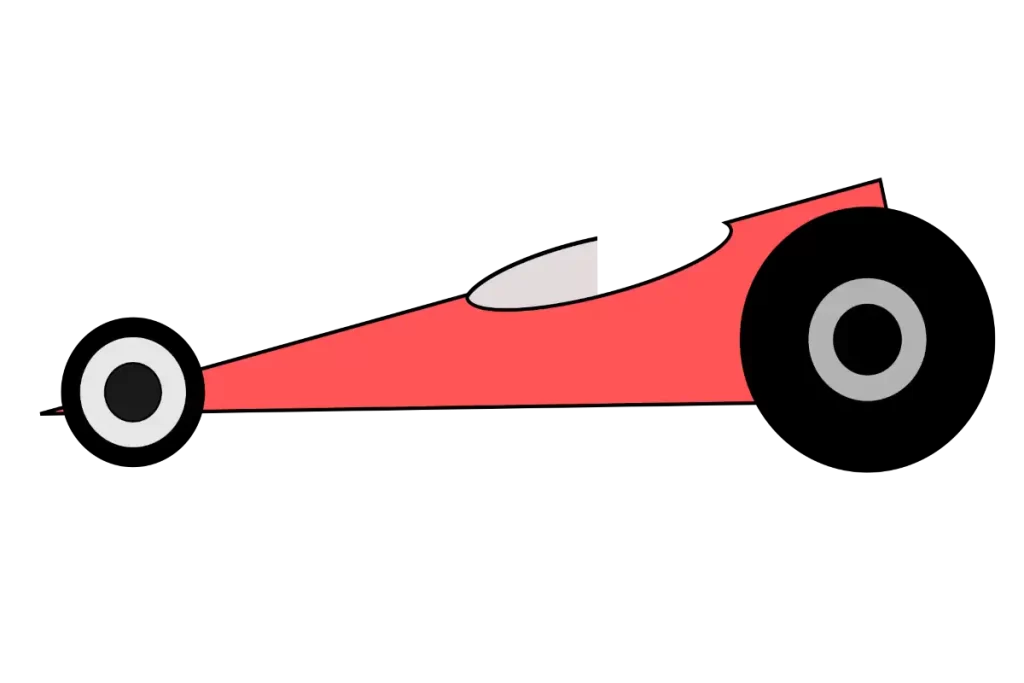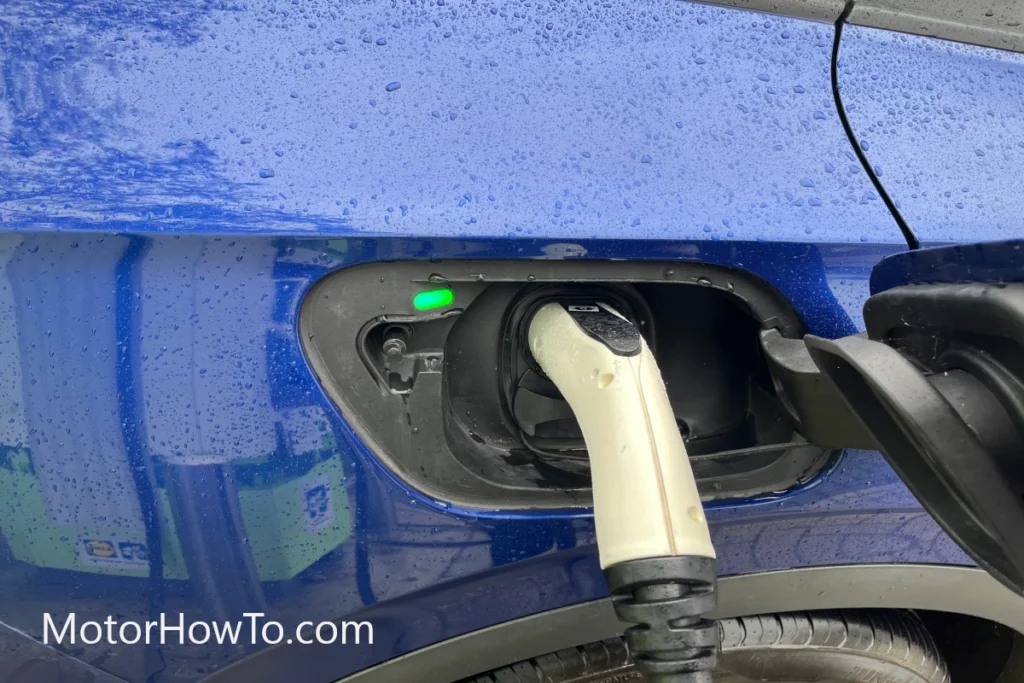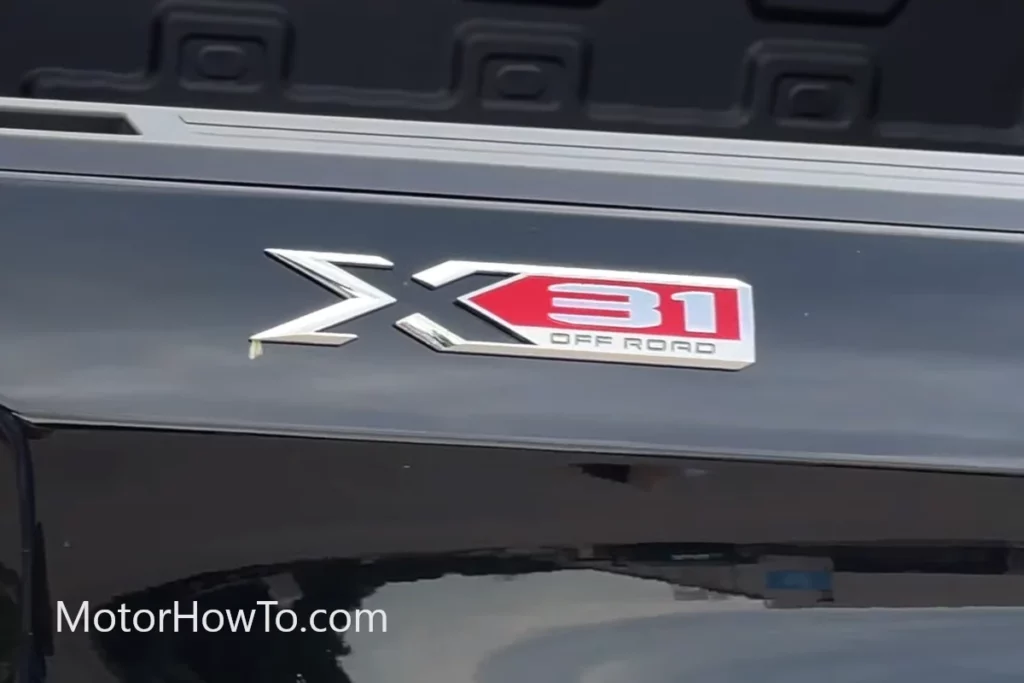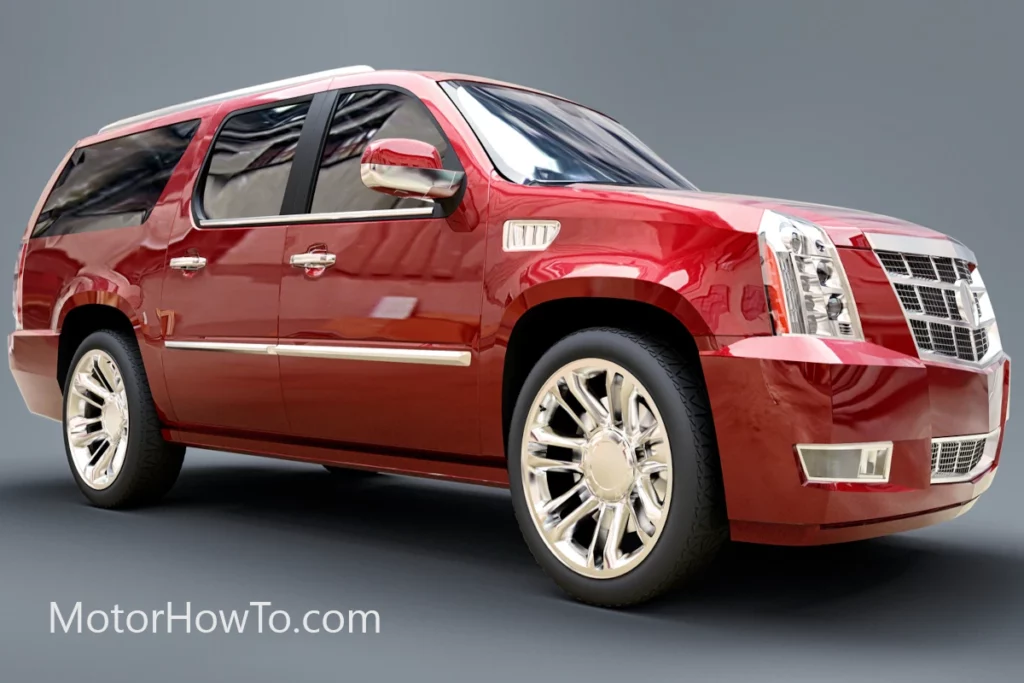A spoiler can improve the speed of a CO2 dragster car, making it faster by improving its aerodynamics.
Wind resistance can be reduced by spoilers by reducing drag and reducing negative air currents.
Let’s Find Out If Adding Spoilers Is a Good Idea On CO2 Cars
Yes, a spoiler can improve the speed of a CO2 dragster car. Spoilers improve the speed by spoiling the rear airflow, creating downward pressure, and contributing to better car handling and stability.

The wind resistance or drag of your car increases as it speeds up.
Wind resistance increases the amount of work your engine must do to propel your car forward, reducing speed and increasing fuel consumption.
The flow of air also pushes up on the bottom of the car as your speed increases -called “lift.” A plane wing uses a similar principle for flying. By decreasing tire contact with the road, too much lift reduces the handling of your car.
The purpose of spoilers is to alter the flow of air above, below, and around your vehicle in order to “spoil” these negative air currents.
In addition to improving your car’s aerodynamics, this reduces its fuel consumption while allowing it to travel at high speeds.
Besides creating downforce, spoilers also create an aero-gravitational force that helps your car stick to the ground.
As a result, a lift is countered and handling is improved. Also, it greatly reduces the possibility that you will end up upside down when you turn a corner.
If you’re driving at a speed over 50 mph, you’ll want traction and stability at the big end of the track as well.
Drag racers know how important it is to get traction at the beginning of a race, but your car will also need stability and traction at the end of the race. Your race car should have a spoiler to accomplish this.
Drag racing depends heavily on aerodynamics, which determines what vehicle is used as a racecar and how well it performs.
In drag racing, aerodynamics and spoilers are valuable tools: for instance, nitro Funny Cars produce a tremendous amount of downforce at the rear of their bodies, keeping them glued to the track.
If a car reaches 140 mph, more downforce is needed, just as it would in a Funny Car.
Your car will be more stable at the top end with a spoiler, which is a simple and affordable way to add this downforce. By adding downforce to your car, you’ll be able to control it better, make it safer, and make it more consistent.
Related:
- Do Rally Or Race Cars Have Air Conditioning? (Explained For Beginners)
- How Do You Read An Air Fuel Ratio Gauge? (Explained)
- Is A Hydraulic E Brake Illegal? (Simple Explanation)
How Can You Improve Drag On A CO2 Car?
CO2 cars can be made faster in many ways by reducing drag. Here are a few to consider.
Golf Balling
Semicircular pits, often called golf balling, on your car’s surface serve two purposes. As a result, weight is shaved by removing materials. Additionally, it reduces drag pockets behind the car, thereby reducing drag.
The pits help air create a very narrow and slippery boundary layer over your car’s surface rather than causing air drag and creating a vacuum pocket behind your car. There is a lot more to this idea than simply bench racing.
It is well-documented that golf balls with dimples travel two times farther than smooth balls. Any experiments conducted on this method found that reducing drag directly increased fuel efficiency by 3 MPG for a full-sized car.
Get Low
Keeping your car’s bottom smooth and straight is just as important as keeping it straight up top. Ideally, a car should have a flat underbody, parallel to a flat surface.
A low underbody can virtually eliminate airflow under your chassis for maximum speed and minimum drag regardless of the height requirement in your class.
Sleek Shape
Due to the minimum weight requirements in your specific class (as with most others), going sleek is better than going compact. “Sleek” is defined as a wedge-like shape with zero protrusions and a minimal incline to the highest point.
Do not separate the fuselage from the wheel pods in an attempt to reduce the size of the frontal area (the area that can be seen from the front). In this instance, the “pods” are pretty aerodynamic; however, the spots where the pods join the axle contribute to the buildup of pressure in the air, as well as the areas behind them as well.
The drag pocket should instead be focused on just one part of the car behind it, as in a “shell” type car. If you have just one large drag pocket, it is much easier to reduce its size than if you have several smaller pockets.
Adjusting Vehicle Shape To Reduce Drag
Despite the shape being emulated in several streamlined concept car models, the long and narrow end of the car isn’t always the best for racing.
In contrast to a teardrop profile, the air flowing around the actual vehicle profile swirls around the rear much more. A low-pressure area is represented by these swirls, which are called vortices. There is a suction effect caused by the low pressure behind the car that attempts to push the vehicle backward.
In order to decrease aerodynamic drag, it is often necessary to reduce separation zone dimensions behind the car, which contains the vortices behind the car. To reduce separation zone dimensions, it is possible to slightly taper the rear end of a car. The most drag on a vehicle is caused by the rear section of the car, as counterintuitive as it may seem.
Similarly, holding an empty traffic cone outside of a car window reduces drag when it is pointing away from the direction the vehicle is traveling. Observing the design of the Maybach Exelero reveals an example of how a vehicle can be streamlined by tapering the rear end.
What Is The Most Aerodynamic Shape Of The CO2 Car?
Due to its symmetrical shape, a teardrop design is best, This is a very good aerodynamic shape. With little disruption to airflow, it allows air to flow over its surface. The best results can be achieved by combining basic shapes.
Weight distribution over the front and rear of a vehicle is calculated by this equation.
In aerodynamic terms, the teardrop shape performs best at speeds slower than the speed of sound. Teardrops are rounded at the nose and taper at the tail as they move backward, creating eddy currents rather than gentle currents that bring air around the object back together.
Final Thoughts
Aerodynamic efficiency is a crucial part of designing a car; this helps to reduce drag and create a better flow. As a result, fuel efficiency is increased since the engine needs less power. Other things can help reduce drag and increase speed, besides spoilers, which are one way to improve aerodynamics.
Sources
What Is A Spoiler On A Car? The Purposes And Advantages (carfromjapan.com)



